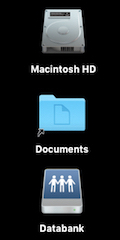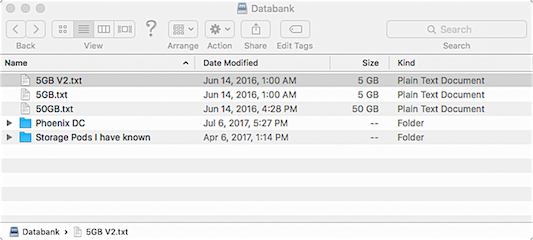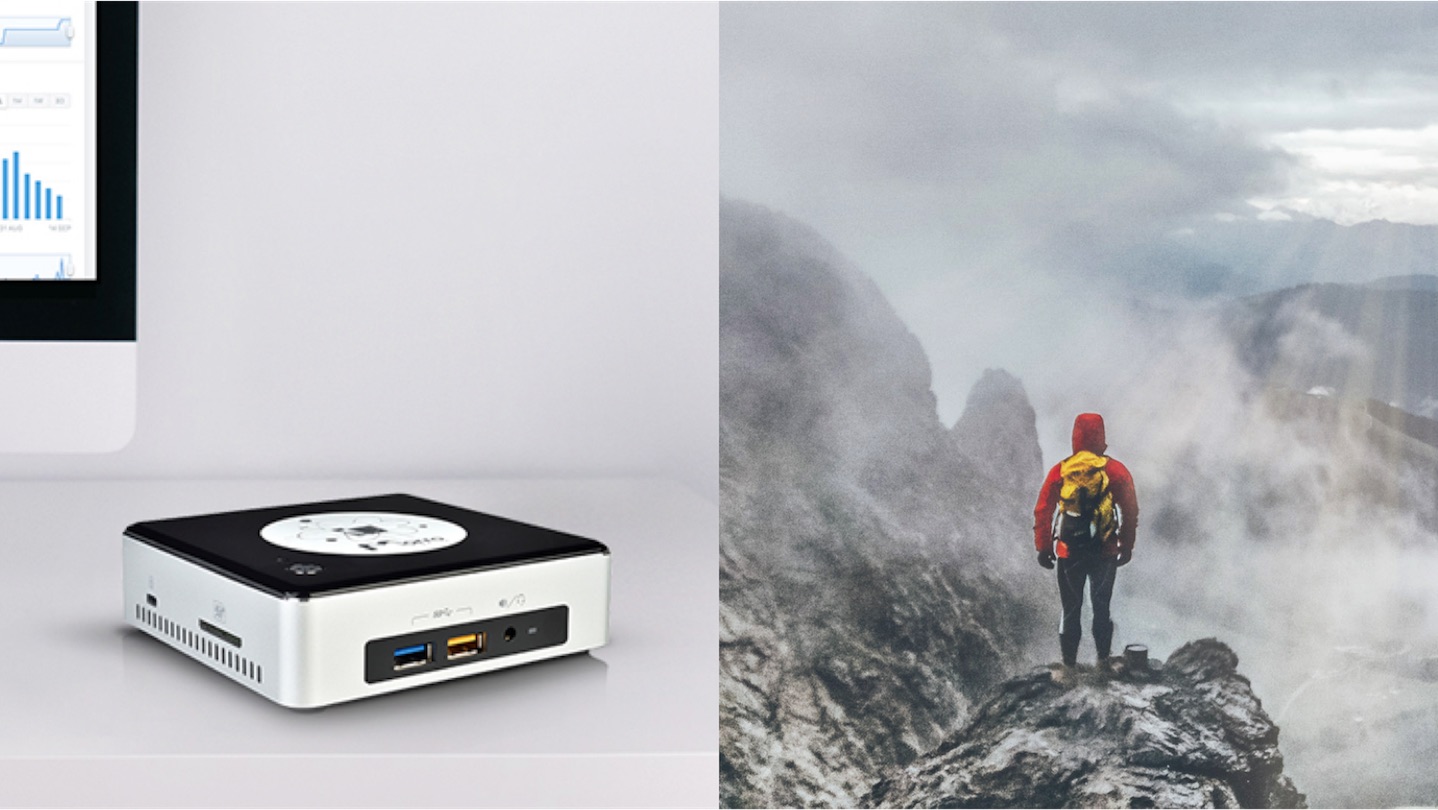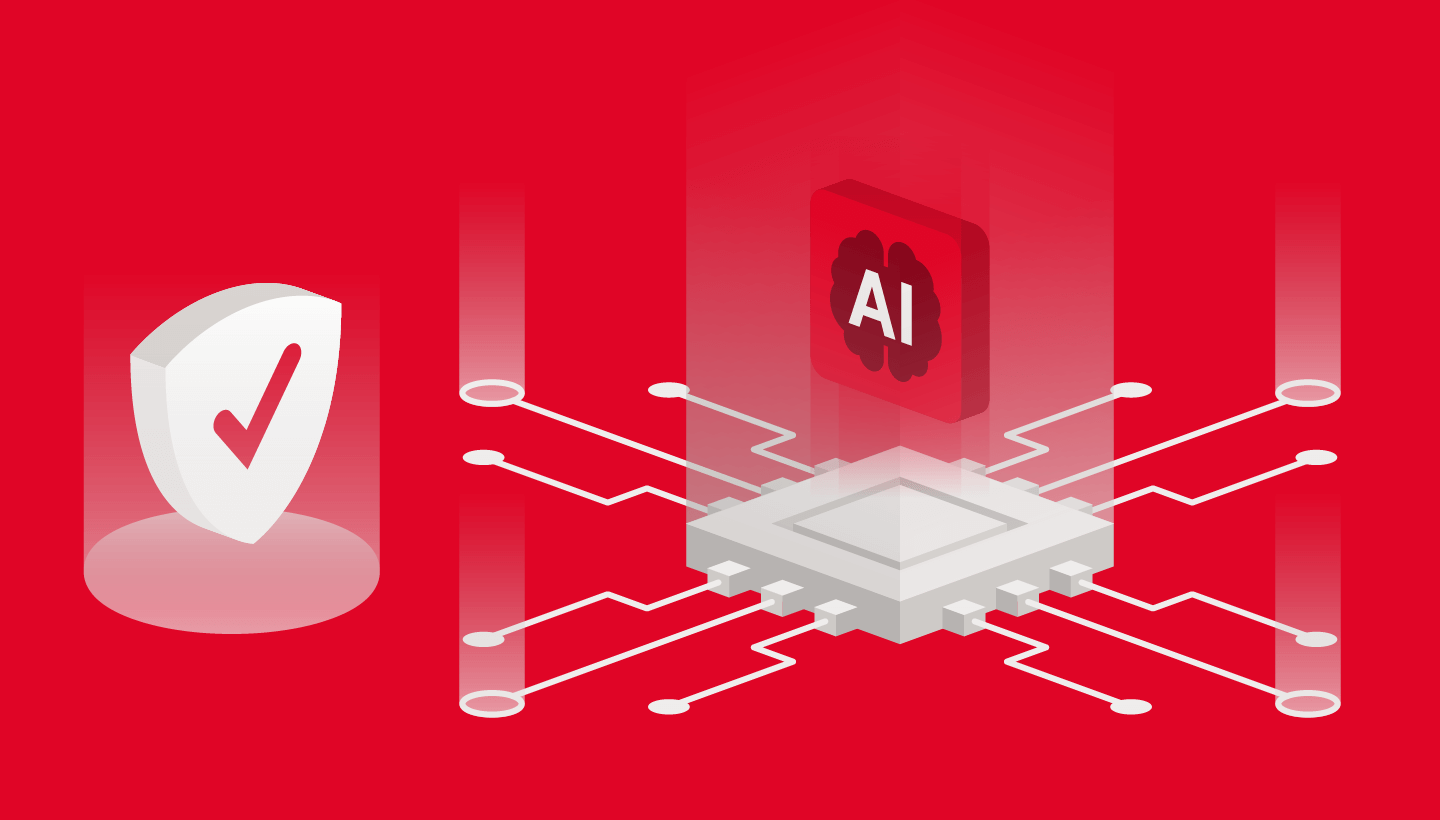There are many ways for SMBs, professionals, and advanced users to back up their data. The process can be as simple as copying files to a flash drive or an external drive, or as sophisticated as using a Synology or a QNAP NAS device as your primary storage device and syncing the files to a cloud storage service such as Backblaze B2 Cloud Storage.
A recent entry into the backup arena is Morro Data and their CloudNAS solution, where files are stored in the cloud, cached locally as needed, and synced globally among the other CloudNAS systems in a given organization. There are three components to the solution:
- A Morro CacheDrive: This resides on your internal network like a NAS device and stores from 1TB to 8TB of data depending on the model.
- The CloudNAS service: The software that keeps track of and manages the data.
- Backblaze B2 Cloud Storage: Where the data is stored in the cloud.
The Morro CacheDrive is installed on your local network and looks like a network share. On Windows, the share can be mounted as a letter device, M:, for example. On the Mac, the device is mounted as a Shared device (Databank in the example below).
 |
 |
In either case, the device works like a folder/directory, typically on your desktop. You then either drag-and-drop or save a file to the folder/directory. This places the file on the CacheDrive. Once there, the file is automatically backed up to the cloud. In the case of the CloudNAS solution, that cloud is Backblaze B2.
All that sounds pretty straightforward, but what makes the CloudNAS solution unique is the solution allows you to have unlimited storage space. For example, you can access 5TB of data from a 1TB CacheDrive. Confused? Let me explain. All 5TB of the data is stored in Backblaze B2, having been uploaded to Backblaze B2 each time you stored data on the CacheDrive. The 1TB CacheDrive keeps (caches) the most recent or most often used files on the CacheDrive. When you need a file not currently stored on the CacheDrive, the CloudNAS software automatically downloads the file from the Backblaze B2 cloud to the CacheDrive and makes it available to use as desired.
Things to Know About the CloudNAS Solution
- Sharing Systems: Multiple users can mount the same CacheDrive with each being able to update and share the files.
- Synced Systems: If you have two or more CloudNAS systems on your network, they will keep the B2 Cloud Storage directory of files synced between all of the systems. Everyone on the network sees the same file list.
- Unlimited Data: Regardless of the size of the CacheDrive device you purchase, you will not run out of space as Backblaze B2 will contain all of your data. That said, you should choose the size of your CacheDrive that fits your operational environment.
- Network Speed: Files are initially stored on the CacheDrive, then copied to B2 Cloud Storage. Local network connections are typically much faster than internet network speeds. This means your files are uploaded to the CacheDrive fast, then transferred to B2 Cloud Storage as time allows at the speed of your internet connection, all without slowing you down. This should be interesting to those of you who have slower internet connections.
- Access: The files stored using the CloudNAS solution can be accessed through the shared folder/directory on your desktop as well as through a web-based Team Portal.
Getting Started
To start, you purchase a Morro CacheDrive. The price starts at $499 for a unit with 1TB of cache storage. Next, you choose a CloudNAS subscription. This starts at $10/month for the standard plan, and lets you manage up to 10TB of data. Finally, you connect Backblaze B2 to the Morro system to finish the setup process. You pay Backblaze each month for the data you store in and download from B2 Cloud Storage while using the Morro solution.
Learn More
Join us for the webcast “CloudNAS: The Next Evolution of Storage” where you can learn more about CloudNAS from Paul Tien, the CEO and Founder of Morro Data (previously the founder of ReadyNAS—acquired by Netgear). Paul will discusses how combining the ubiquity of the cloud with the performance and local network server access of NAS is the next evolution of storage. Signing up for the webinar does require you subscribe to the Backblaze BrightTALK channel.
The CloudNAS solution is certainly a different approach to storing your data. You get the ability to store a nearly unlimited amount of data without having to upgrade your hardware as you go, and all of your data is readily available with just a few clicks. For users who need to store terabytes of data that needs be available anytime, the CloudNAS solution is worth a look.






